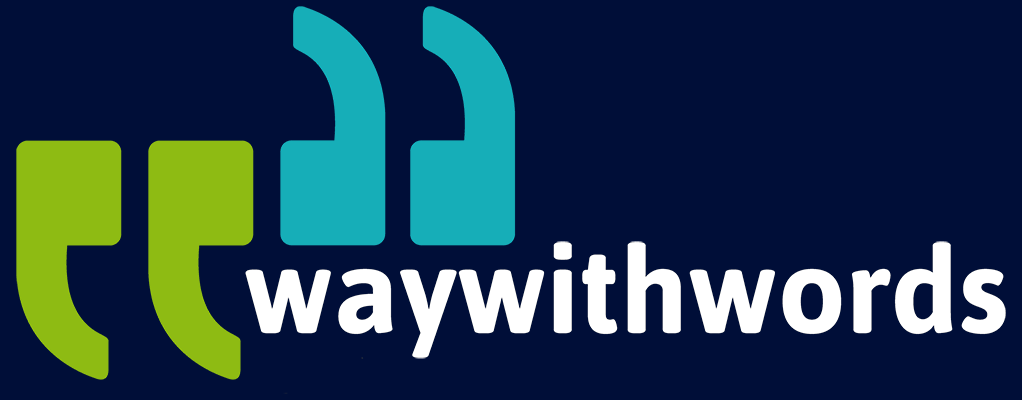Essential Features of a Speech Data Platform: Enhancing AI Development
What are the Key Features of a Good Speech Data Platform?
As artificial intelligence continues to transform communication technologies, the role of speech data platforms becomes increasingly important for AI developers, data scientists, technology firms, research institutions, healthcare providers and academic researchers. Speech data platforms serve as the backbone for collecting, managing, and processing large volumes of audio data required to train, test, and improve AI models, particularly those related to speech recognition, natural language processing, and voice assistants.
Given the complexity of AI speech data requirements, many professionals frequently ask:
- What are the core features a speech data platform must have to ensure reliability and scalability?
- How can a platform effectively manage the vast and varied types of speech data?
- What ethical considerations should be addressed when designing and deploying such platforms?
These questions underscore the need for a clear understanding of the critical features that define a good speech data platform. This short guide will explore these questions in detail by outlining the key features AI professionals should look for when selecting or developing a speech data platform. From essential data management tools to the incorporation of future technologies, this guide provides a thorough overview to help organisations enhance AI development through effective speech data solutions.
Key Features of a Good Speech Data Platform
1. Scalability and Data Volume Management
One of the foremost features of a speech data platform is its ability to scale efficiently. AI development requires ever-growing datasets to improve model accuracy, which means the platform must handle large volumes of speech data from diverse sources without performance degradation. Scalability involves both storage capacity and processing power, ensuring smooth operation even as data demands increase.
For example, leading platforms use cloud-based infrastructures to dynamically allocate resources. This allows for rapid expansion or contraction of storage and computational power as needed. Additionally, scalable systems must support multiple data formats — including raw audio files, transcriptions, metadata, and annotations — to accommodate diverse datasets required by different AI models.
Statistical data from a 2023 industry report showed that platforms with scalable architectures experienced a 30% reduction in processing time for large speech datasets compared to traditional on-premise solutions, highlighting the importance of scalability in enhancing AI development.
2. Comprehensive Data Annotation and Labelling Tools
High-quality data annotation is crucial for supervised learning models that require precise labels to train AI systems effectively. A speech data platform must include robust annotation tools that enable detailed labelling of audio clips, such as speaker identification, emotion detection, language, and background noise tagging.
Some platforms offer both manual and semi-automated annotation workflows, combining human expertise with machine assistance to increase accuracy and speed. This dual approach can significantly reduce costs and turnaround times while maintaining data quality.
Furthermore, integration with popular annotation frameworks and APIs facilitates seamless export and import of labelled data, helping researchers and developers maintain efficient pipelines for their AI projects.
3. Multi-Language and Accent Support
Given the global scope of AI applications, supporting diverse languages, dialects, and accents is essential. A capable speech data platform must facilitate the collection and management of multilingual datasets, ensuring comprehensive coverage that reflects real-world use cases.
Platforms often include tools to tag and filter data by language or accent, allowing developers to tailor models for specific linguistic groups. This feature is particularly important for companies developing voice assistants, transcription services, or language learning tools aiming to serve a broad user base.
Research indicates that speech recognition accuracy improves by up to 25% when models are trained with datasets inclusive of regional accents, underscoring the need for a diverse and representative speech data platform.

4. Security and Data Privacy Controls
Handling speech data often involves sensitive personal information. Therefore, a speech data platform must incorporate robust security measures to protect data from unauthorised access or breaches. This includes encryption both in transit and at rest, secure user authentication, and role-based access controls.
Additionally, the platform must comply with relevant data protection regulations such as GDPR in Europe or POPIA in South Africa. Features like anonymisation, consent management, and audit trails help organisations meet legal obligations while maintaining ethical standards.
Security certifications such as ISO/IEC 27001 also indicate a platform’s commitment to data privacy, providing confidence to users and clients alike.
5. Integration Capabilities and API Access
To enhance AI development workflows, speech data platforms should offer seamless integration with external tools and services through well-documented APIs. This enables developers to automate data ingestion, processing, and retrieval within their existing environments.
For instance, integration with machine learning frameworks like TensorFlow or PyTorch allows direct feeding of processed speech data into training pipelines. Similarly, connections to cloud storage providers or transcription services streamline data handling and reduce manual intervention.
APIs should be secure, scalable, and flexible, supporting a variety of request types and data formats to accommodate diverse use cases.
6. Real-Time Data Processing and Analytics
An advanced speech data platform includes real-time processing capabilities, enabling immediate analysis and feedback on audio inputs. This is beneficial for use cases such as live transcription, sentiment analysis, and voice biometrics.
Real-time analytics dashboards provide insights into data quality, collection progress, and model performance metrics. This helps teams make data-driven decisions and adjust their data collection or labelling strategies promptly.
Platforms that support streaming data inputs and on-the-fly processing are better positioned to enhance AI development by reducing turnaround times and improving responsiveness.
7. Flexible Data Export and Format Support
Different AI projects require data in various formats, including WAV, FLAC, MP3, JSON, or XML for metadata and annotations. A good speech data platform supports flexible export options, allowing users to download data in the format best suited to their needs.
Customization options might include batching, filtering by metadata, or selective export of annotated segments. This flexibility saves time and resources during model training and evaluation phases.
Compatibility with standard data formats also facilitates collaboration between research teams and technology providers.

8. User-Friendly Interface and Collaboration Tools
A well-designed user interface enhances productivity by making data management intuitive and efficient. Speech data platforms should offer dashboards, search functions, and drag-and-drop tools to simplify uploading, annotating, and reviewing datasets.
Collaboration features such as role assignments, commenting, and version control foster teamwork among data scientists, annotators, and project managers. Transparent workflows help maintain data integrity and traceability throughout the AI development lifecycle.
Platforms that prioritise user experience tend to reduce training times and errors, accelerating project completion.
9. Cost Efficiency and Pricing Transparency
For organisations balancing budget constraints with data needs, cost efficiency is a key consideration. Good speech data platforms provide transparent pricing models that detail costs for storage, processing, annotation, and additional services.
Some platforms offer pay-as-you-go or subscription plans tailored to varying scales of usage. This allows startups and large enterprises alike to optimise expenses without compromising on essential features.
Case studies have shown that platforms with flexible pricing can reduce overall data management costs by up to 40%, enabling reinvestment in AI research and development.
10. Ethical Data Collection and Usage Practices
Ethics in data collection and platform design are increasingly important in AI development. A responsible speech data platform ensures that data is collected with informed consent, respects privacy, and avoids bias in datasets.
Mechanisms for participant anonymisation, transparency about data use, and options to opt-out safeguard individual rights. Moreover, diverse and balanced datasets help prevent discriminatory AI outcomes.
Platforms that embed ethical principles in their operations not only comply with regulations but also build trust with users and stakeholders.
Key Tips for Choosing or Designing a Speech Data Platform
- Prioritise scalability: Ensure the platform can grow with your data needs to avoid future bottlenecks.
- Demand strong security: Protect your data and comply with privacy laws to maintain trust and avoid penalties.
- Look for integration ease: APIs and compatibility with your tools speed up workflows and reduce manual work.
- Focus on user experience: A clear, collaborative interface minimises errors and supports team productivity.
- Evaluate ethical practices: Choose platforms committed to consent, privacy, and unbiased data collection.
Selecting or designing a speech data platform with the right features is fundamental to enhancing AI development. From scalability and robust annotation tools to strong security and ethical standards, the essential features of a speech data platform shape how efficiently and responsibly speech datasets are managed.
The ability to support multiple languages, integrate seamlessly with AI tools, process data in real time, and offer flexible export options ensures that developers and researchers can work effectively across diverse projects. Furthermore, a user-friendly interface combined with transparent pricing models facilitates collaboration and budget management, essential for sustained innovation.
Above all, integrating ethical data collection and usage safeguards the integrity of AI models and respects the rights of data contributors, ultimately leading to more reliable and fair AI applications.
As a key piece of advice, organisations should carefully assess their current and future AI development needs, choosing a speech data platform that not only meets technical specifications but also aligns with their ethical and operational values. Doing so will ensure that the platform acts as a true partner in driving forward the capabilities and impact of AI.
Further Speech Data Resources
Wikipedia: Speech Recognition – This article provides an overview of speech recognition technologies and platforms, essential for understanding key features of a good speech data platform.
Featured Transcription Solution: Way With Words: Speech Collection – Way With Words offers a robust speech data platform with essential features for AI development, including data management tools and integration capabilities. Their platform supports innovative AI applications, enhancing efficiency and accuracy in speech data analysis.
